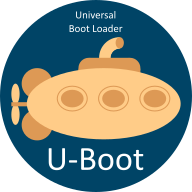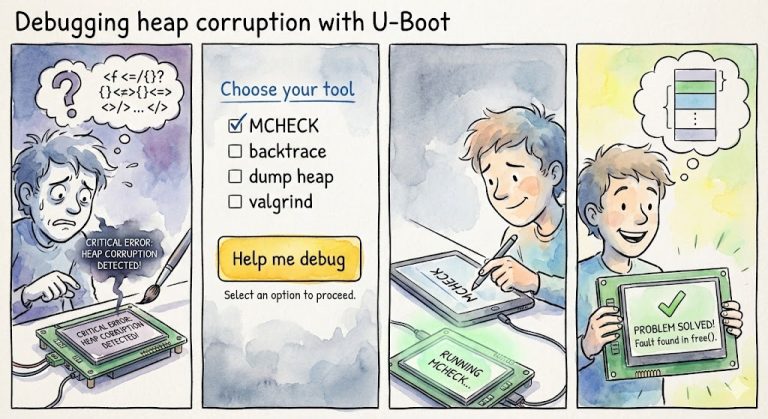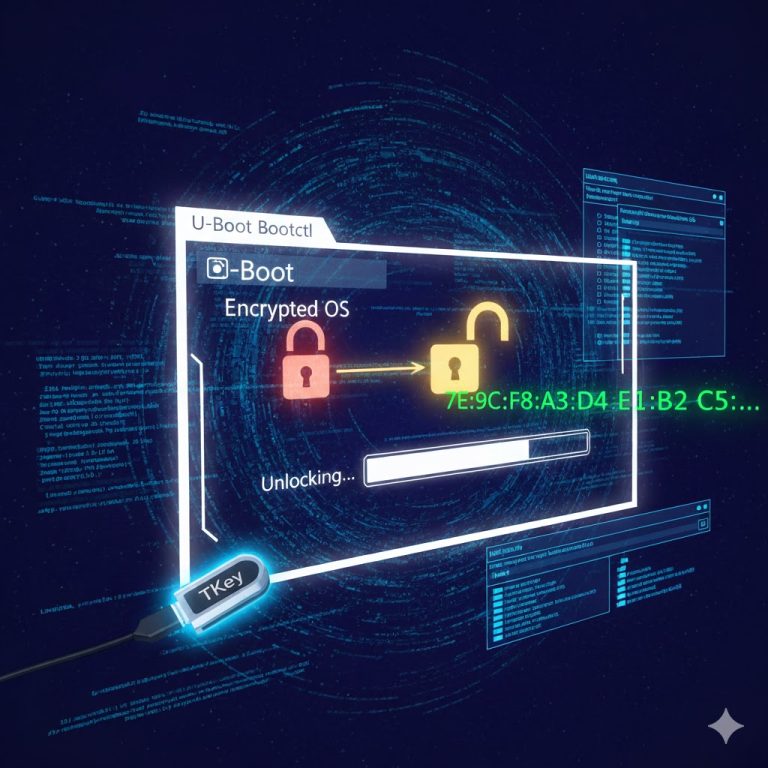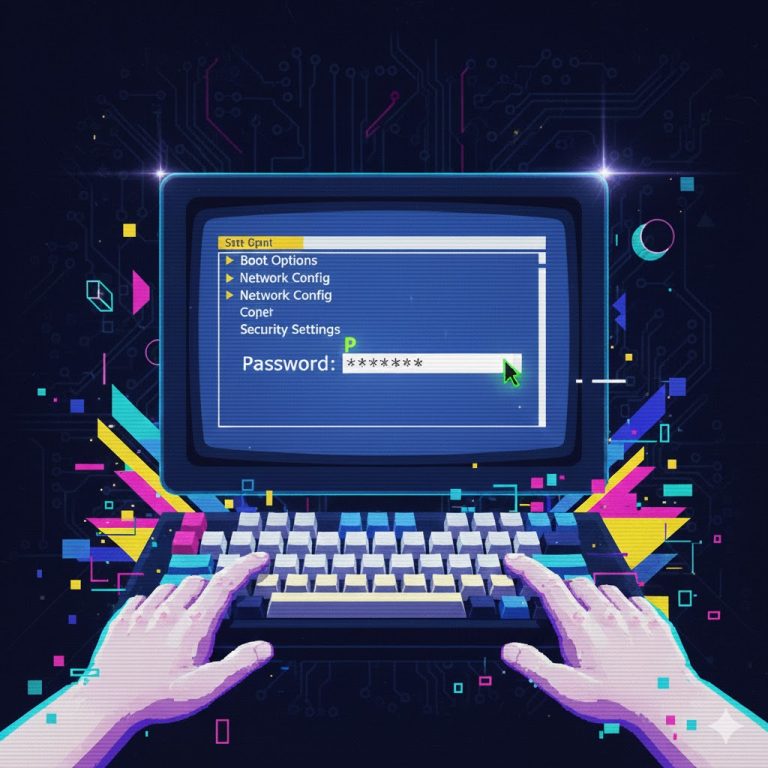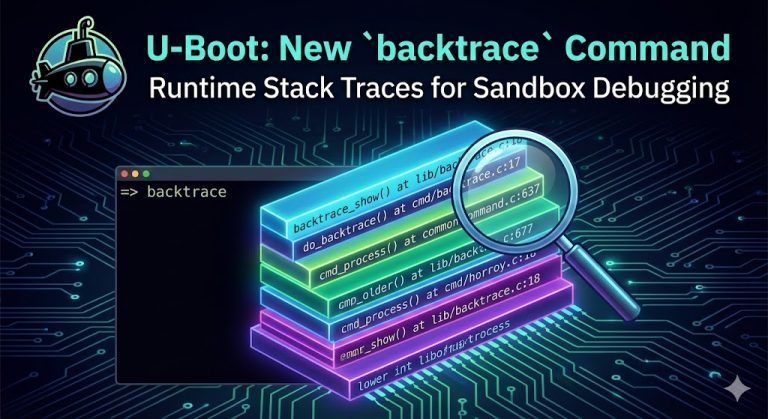Silencing the Sphinx: Cleaner Documentation Builds
If you have ever run make htmldocs in U-Boot, you are likely familiar with the “wall of text” it produces. Between the standard Sphinx output, sub-make messages, and custom progress indicators, the build process has traditionally been very noisy. While verbose output can be useful for debugging the toolchain itself, it is a hindrance when…
